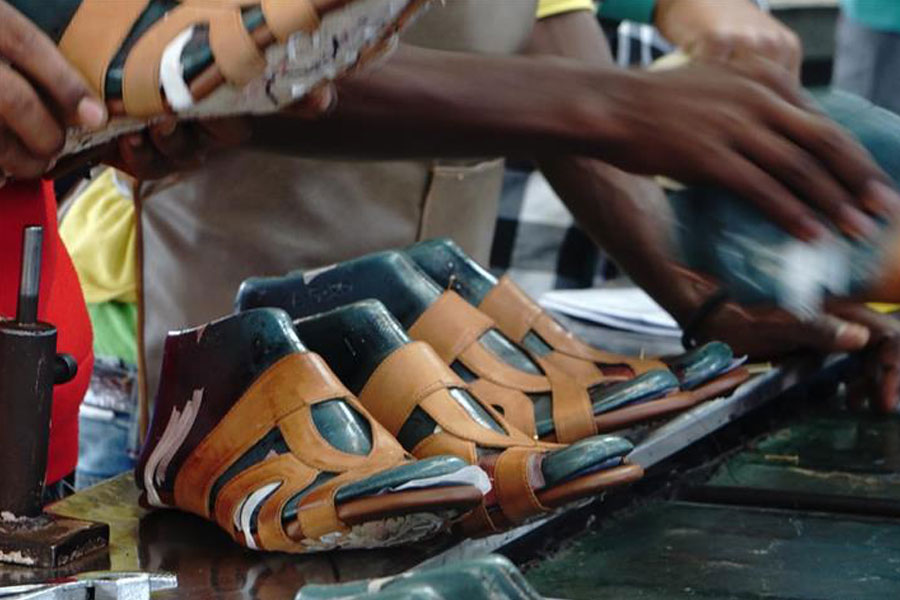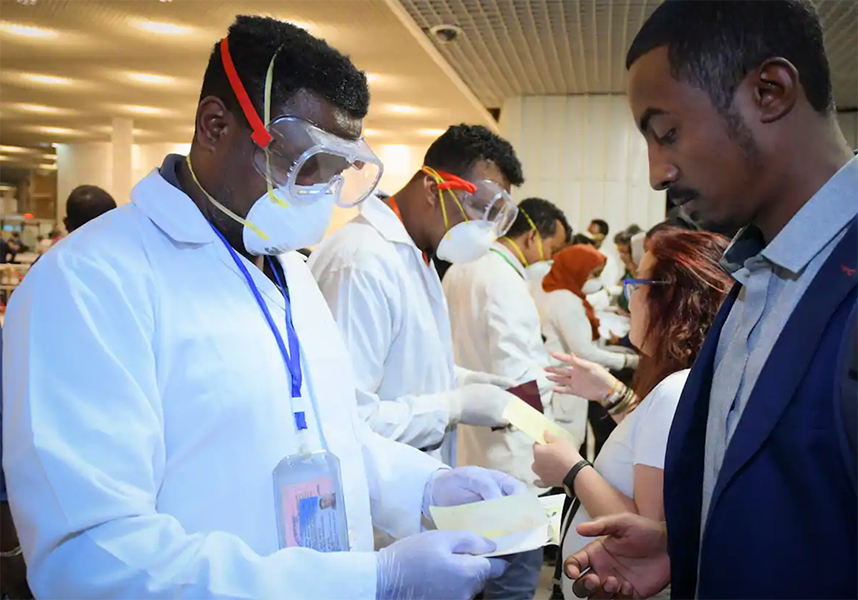
Fortune News | Mar 25,2023
The Ministry of Culture & Tourism plans to revamp and develop 99 existing and new tourist destination sites across the country. With the development of these sites, 59 new and 40 existing destinations, the Ministry hopes to generate 23 billion dollars by the end of 2022. The sites, developed through public-private-partnerships (PPP), will be selected across all regions in the country.
The sector, which is significantly affected by the Novel Coronavirus (COVID-19), was able to generate close to two billion dollars in the last fiscal year, losing one-third of its annual average revenues. International tourists are expected to grow to 7.4 million by the end of this 10-Year Plan, a contrast to the 541,000 registered last fiscal year. The development of tourist destinations is aimed at boosting the contribution of the tourism sector to the GDP to 10.5pc.
Tourism readiness and destination development could cost up to 10 billion Br, while marketing, branding and promotion could cost as high as 1.2 billion Br. Out of this amount, 60pc will be allocated by the government, while donors, the community and the private sector will cover the remaining.
Infrastructure development and technology, including building data centres, is estimated to cost 600 million Br. The government intends to invest 90 million Br for tourism study and research.
To release this plan, the Ministry plans to work alongside the public and private sector, according to Ahmed Mohammed, a member of the strategic development team under the Ministry, which estimates there are 3,000 to 7,000 tourist destinations in the country.
Along with the sites, the delivery of 2,500Km of road infrastructure, of which 1,500Km will be asphalt, is expected to be delivered by the Ministry of Transport.
"It'll also involve community consultation, as that is an integral part of the development," said Ahmed.
The Ministry was conducting a tourist resource mapping strategy in collaboration with Dalberg Mastercard Foundation before the onset of the pandemic.
"We had to postpone it, as we were working with international consultants," he said.
"Through this, we can add variety for the tourists that come to the country," said Ahmed, who stated that this is also expected to revive other sectors.
The 10-year plan also targets pushing the number of local tourists to 70 million and increasing the current 1.2 million jobs created by the sector to six million by 2022.
While new sites, such as Sheger and Unity Park, will be promoted, old sites like Gheralta in the northern part of the country will receive value-adding improvements.
Value-adding will include direction indicators, interpretation panels and creating pathways where there were none, according to Sileshi Girma, CEO of Tourism Ethiopia, which is in charge of destination development facilitation.
"The sites will be developed through public-private partnerships," he said. "An example is the resort that is planned to be built at the lakeshore of Tana, Gorgora, for one billion Birr by Haile Gebrselassie."
Gorgora is one of the three tourist destinations, along with Wonchi and Koisha, picked to be developed. Three weeks ago Prime Minister Abiy Ahmed (PhD) formed a committee tasked with mobilising resources for these tourist sites.
Tourism Ethiopia has also identified seven attraction sites for investment promotion, including Erta Ale in Afar Regional State. Incentives to work on these sites include duty-free exemptions for vehicles and construction materials alongside a continuing five-year tax break for the projects in these areas.
"This was done to encourage investors and narrow the service gap in remote areas that have a lot of value for this sector," he said.
The development of sites should also include ways that tourists can engage in their surroundings rather than just being a place to come, visit and leave, according to Alexander Kemal, tour operation manager at Simien Image Tour & Travel, a company that has been in business for 13 years.
"It should also work with the local community at every level," he said. "We're seeing some encouraging indications like the mountain climbing activity that has started around the Simien mountains."
Leyew Negussie, a service expert with over a decade of experience, says that while tourist site development is a step in the right direction, there are a number of projects that should go hand in hand.
The tourism sector in Ethiopia is lagging behind even in comparison with neighbouring countries in East Africa who have successfully marketed their resources, according to Leyew.
"Destination site developments that work on infrastructure need to also expand in the services, workforce and aggressive promotion of what the country has to offer," he said.
Creating opportunities for the visiting tourist to spend money at the location is a key part of strengthening the tourism sector, according to Leyew.
"This requires us to know who our clients are and what they want," he said.
Examining the institutions that teach and train the workforce in this sector is also important in improving the service across all tourist sites, he recommended.
PUBLISHED ON
[ VOL
, NO
]

Fortune News | Mar 25,2023

Radar | Nov 16,2019

Radar | Sep 02,2023

Fortune News | Mar 12,2020

Viewpoints | Nov 02,2024

Fineline | Apr 25,2020

Radar | Oct 28,2023

Radar | Oct 19,2019

Commentaries | Nov 14,2020

Agenda | Apr 06,2019

Dec 22 , 2024 . By TIZITA SHEWAFERAW
Charged with transforming colossal state-owned enterprises into modern and competitiv...

Aug 18 , 2024 . By AKSAH ITALO
Although predictable Yonas Zerihun's job in the ride-hailing service is not immune to...

Jul 28 , 2024 . By TIZITA SHEWAFERAW
Unhabitual, perhaps too many, Samuel Gebreyohannes, 38, used to occasionally enjoy a couple of beers at breakfast. However, he recently swit...

Jul 13 , 2024 . By AKSAH ITALO
Investors who rely on tractors, trucks, and field vehicles for commuting, transporting commodities, and f...

Jul 12 , 2025
Political leaders and their policy advisors often promise great leaps forward, yet th...

Jul 5 , 2025
Six years ago, Ethiopia was the darling of international liberal commentators. A year...

Jun 28 , 2025
Meseret Damtie, the assertive auditor general, has never been shy about naming names...

Jun 21 , 2025
A well-worn adage says, “Budget is not destiny, but it is direction.” Examining t...